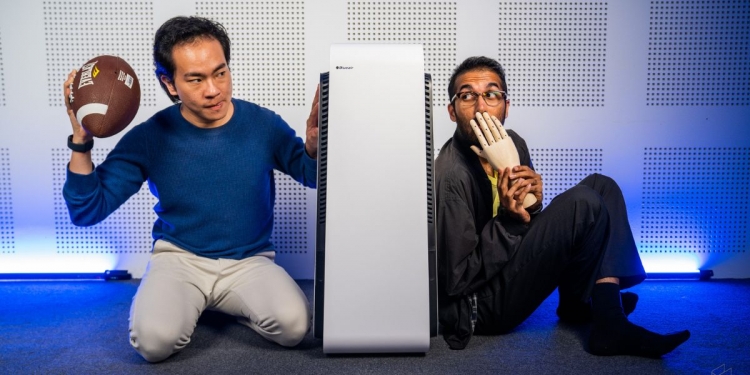This post is brought to you by Blueair.
The past three years have been tough for everyone involved, with the pandemic upending the lives of countless people. But it has at least taught us the importance of hygiene, and as we learn how to live with the infectious disease, it’s imperative that we do everything we can to maintain a healthy environment.
One of the key ways we can do that is to make the air around us cleaner, which is why an air purifier is a worthwhile investment. Not only does it keep airborne diseases at bay, but it also removes allergens that can also make you sick, helping you stay healthy.
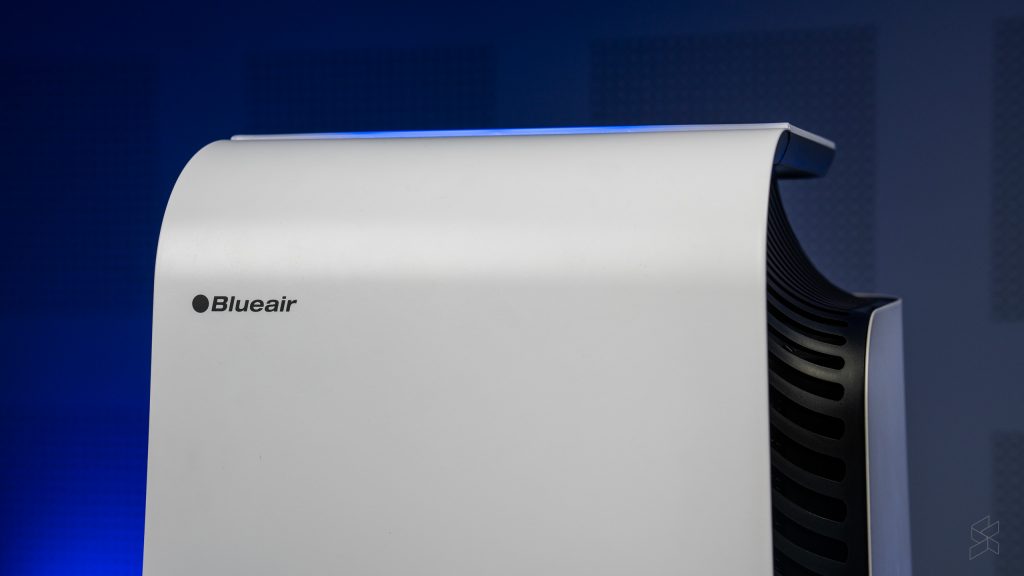
But the effects of air purifiers aren’t immediately tangible—they don’t produce any fragrances, for example, and they also don’t cool the air the way a fan or an air conditioner does. As such, some people remain unconvinced as to their effectiveness—why spend all that money for something you can’t even smell or feel?
That’s why Blueair devised an experiment: they sent us thier HealthProtect™ 7770i air purifier—tested to remove 99.99% of COVID-19—for us to test, as well as a device to measure air quality. That way, we can see how Blueair’s latest and greatest product cleans the air and protects you in real-time.
How do you measure clean air to begin with?
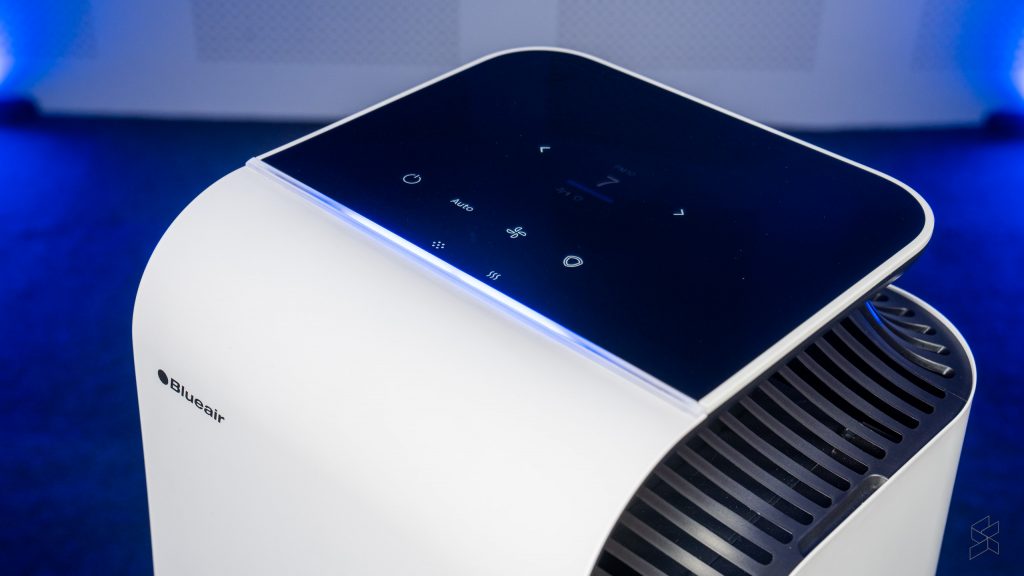
Let’s preface this with a primer on how the efficacy of air purifiers is measured. The first is the clean air delivery rate (CADR), a standard created by the Association of Home Appliance Manufacturers (AHAM). This indicates the volume of filtered air an air purifier delivers, with separate scores for smoke (particles between 0.09 and 1.0µm), pollen (0.5 to 3µm) and dust (5 to 11µm) removal. The higher the figure, the more air a purifier can filter every minute.
Then there’s air changes per hour (ACH) , which, as the name suggests, measures the ventilation of a room through the number of times the air is completely removed and replaced every hour. This is a particularly useful metric for an air purifier if it’s to be installed in a poorly ventilated room or one where the windows are always closed.
How to choose the right air purifier for a given room size?
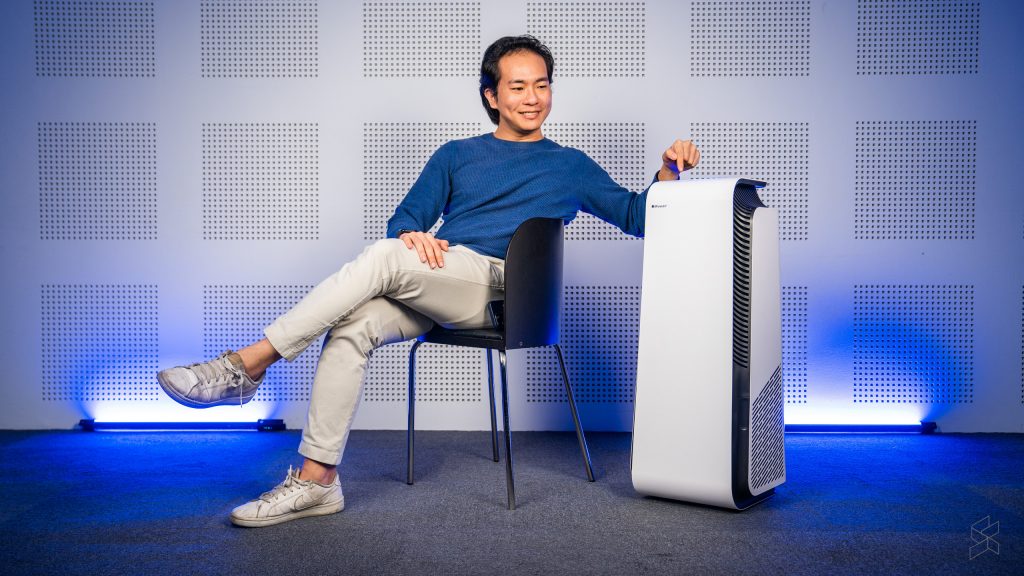
The CADR and ACH figures are important when choosing an air purifier—you can’t just stick it into a big room and expect it to work as well as in a smaller room. AHAM recommends picking a purifier with a smoke CADR equal to or greater than two-thirds the size of the room (in square feet) you’re putting it in.
This is where the sheer filtration power of the Blueair HealthProtect™ 7770i (which, by the way, carries the AHAM Verifide® label) comes into play. It has a smoke CADR of 735m3h (435 cubic feet per minute, or CFM), meaning that it can be used in areas up to 653 square feet (sq. ft). It also has a pollen CADR of 735m3h and a dust CADR of more than 675m3h.
It’s also generally recommended that any occupied area is capable of four air changes per hour. The HealthProtect™ 7770i exceeds that by performing 4.8 air changes per hour (or once every 12.5 minutes) in a 674 sq. ft (62m2) room.
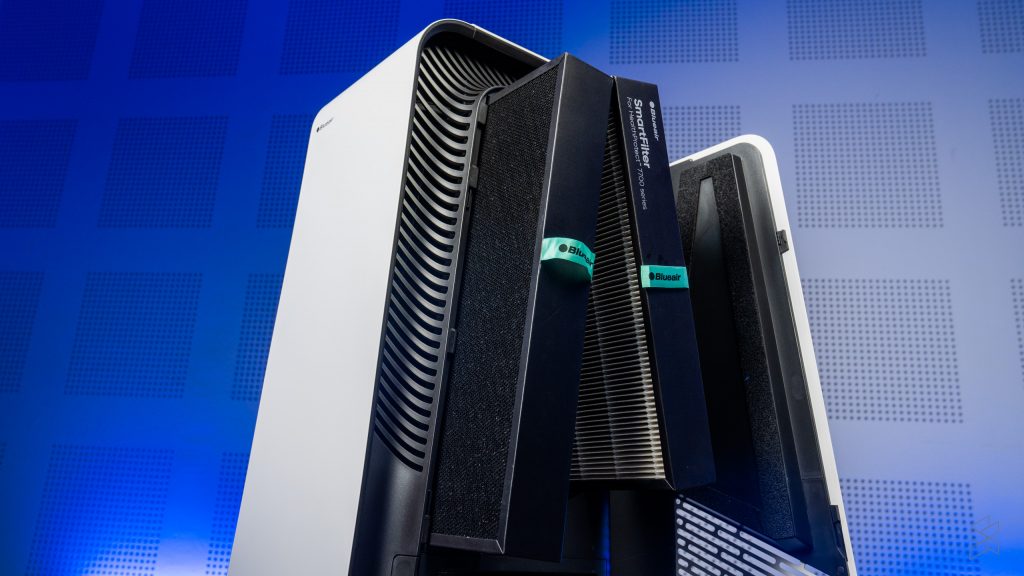
The secret to this performance is HEPASilent Ultra™, Blueair’s most advanced filtration technology yet. It uses electrostatic and mechanical filtration to remove 99.99% of viruses and bacteria, dust, pollen, dander, and mould, as well as volatile organic compounds (VOCs) and odours. All in all, it delivers 50% more clean air, uses 55% less energy and makes 10% less noise than traditional true HEPA filtration.

And to make sure the HealthProtect™ 7770i doesn’t just clean the air immediately around it, Blueair has added SpiralAir™ vents to provide 360º omnidirectional airflow, pushing clean air to all corners of the room. The appliance also incorporates GermShield™ technology that proactively monitors your room and kills viruses and bacteria on the filters using a low air draft with plasma charging.
The clean air test
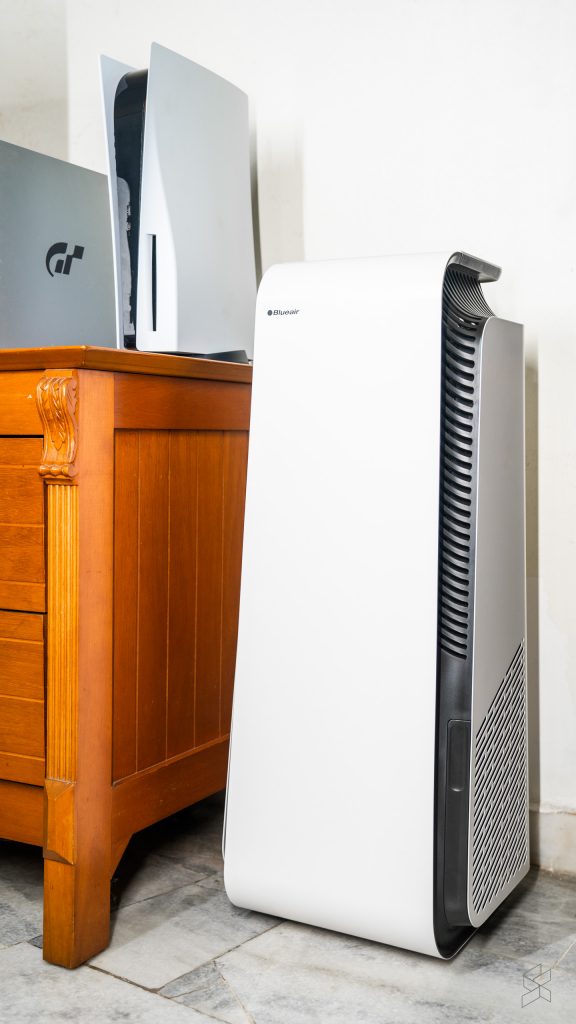
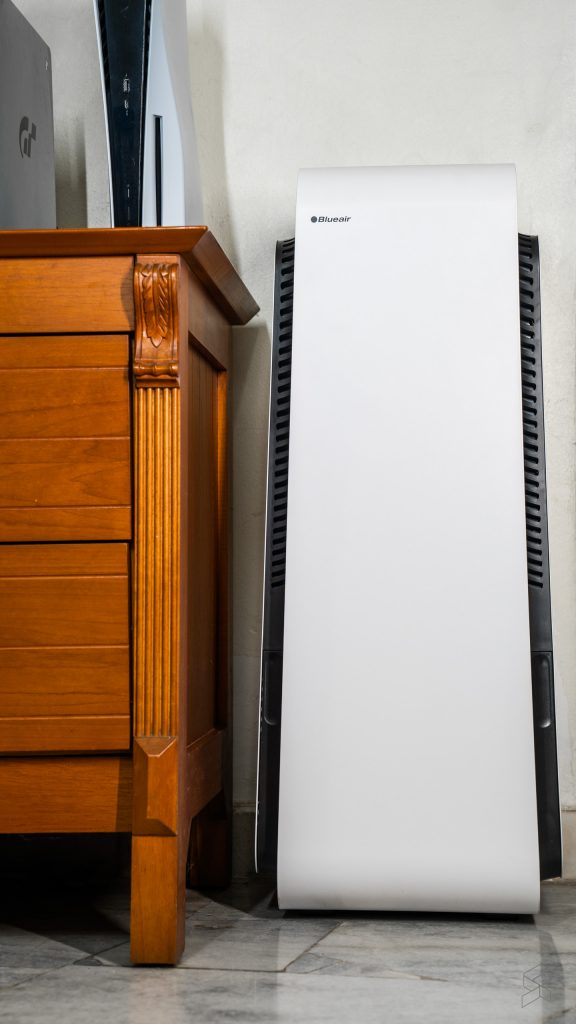
To let us measure the effectiveness of the HealthProtect™ 7770i in real time, Blueair sent us a Dylos DC1700 air quality monitor, which displays the number of particles per cubic foot. The device shows two sets of numbers—one for particles larger than 0.5µm, the other for particles larger than 2.5µm.
Both the HealthProtect™ 7770i and the AQM were placed in the living room of a 1,185 sq. ft double-storey house, directly connected to the kitchen and staircase. Aside from the three human occupants, the space also housed two cats, adding pet dander to the mix.
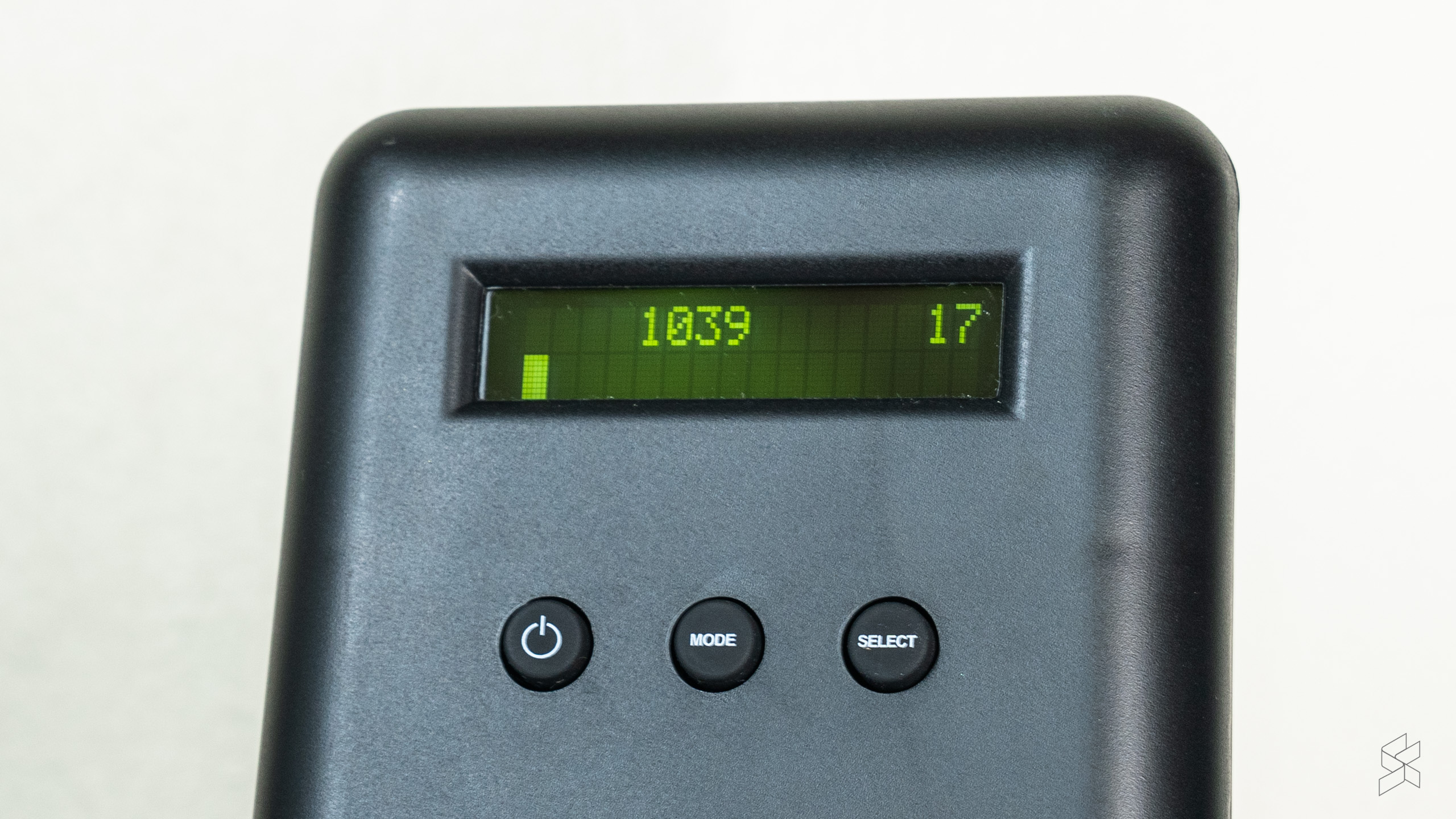

Before the HealthProtect™ 7770i was turned on, the AQM showed a baseline of around 100,000 small particles and between 1,500 and 4,000 large particles per cubic foot. According to Dylos’ chart, this represents fair (30,000 to 105,000 small particles per cubic foot) to poor (105,000 to 300,000 small particles per cubic foot) air quality.
Within minutes, the purifier brought the number of small particles down to around 50,000 per cubic foot and large particles to triple digits—firmly within the “fair” category. The next day, the AQM showed a reading of under 10,000 particles per cubic foot, close to the “excellent” range (0 to 7,500).
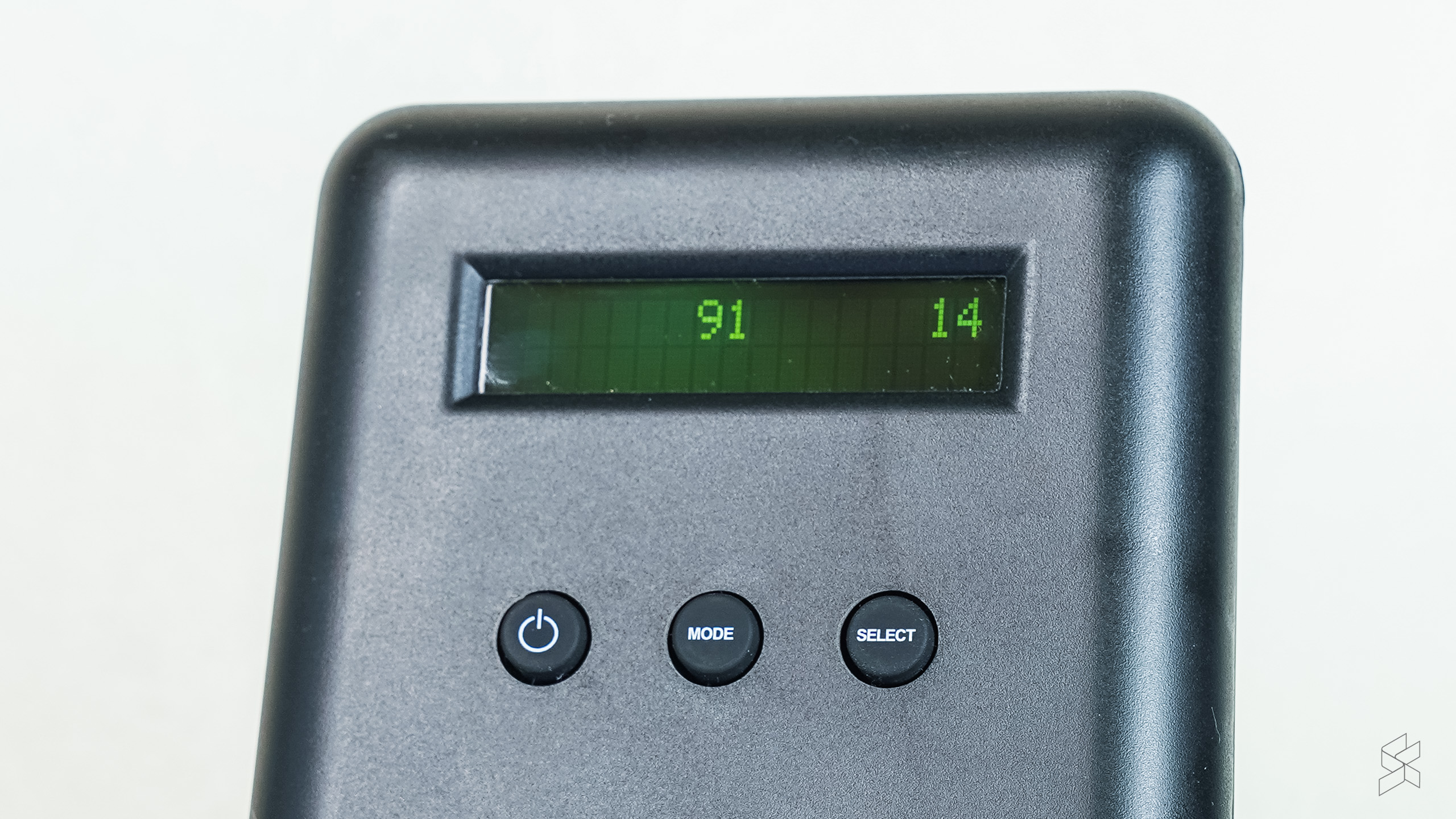

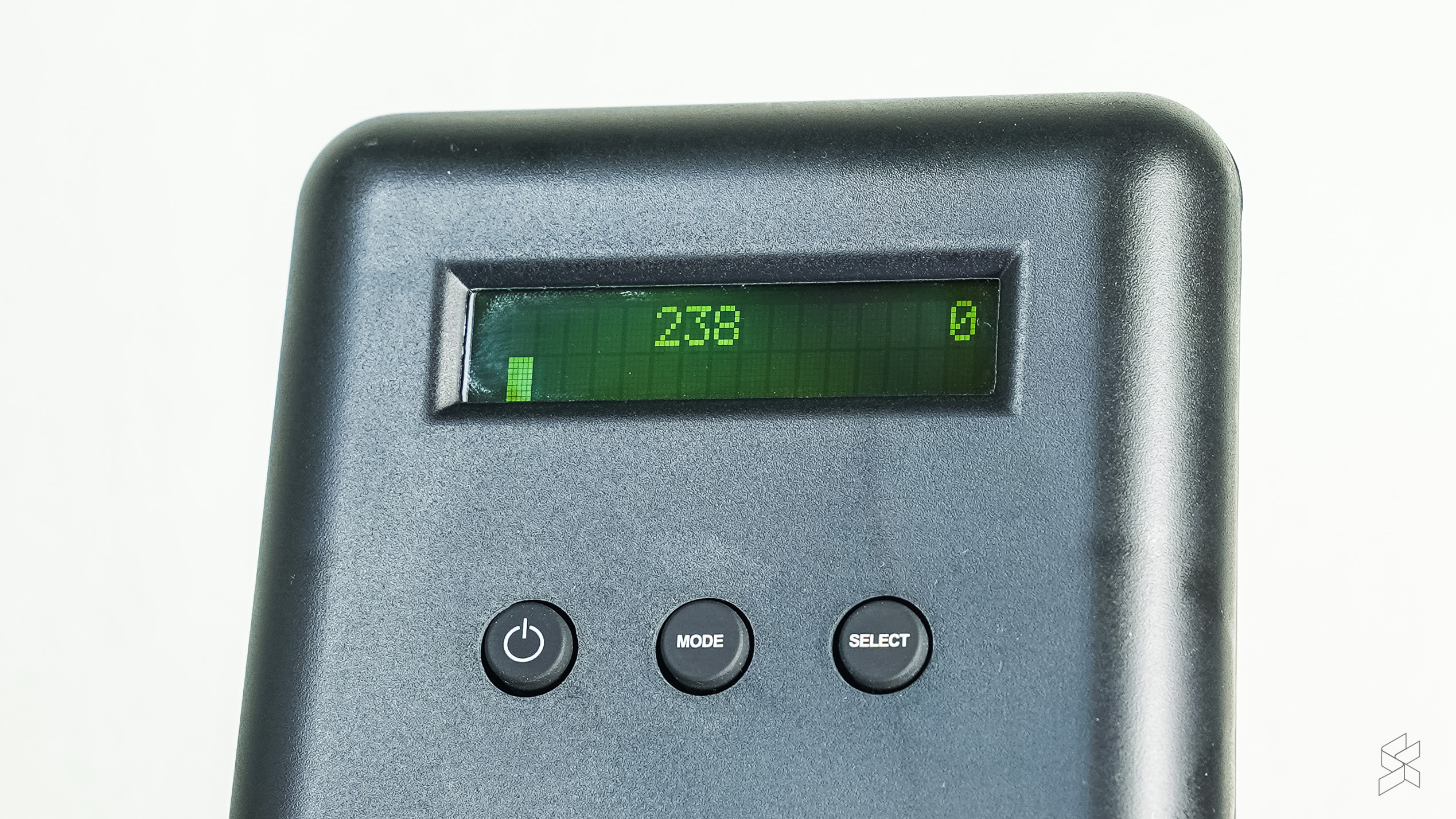
Over the next three days, the HealthProtect™ 7770i kept the small particle count in the area between 10,000 to 30,000 per cubic foot, meaning that the air quality is good (15,000 to 30,000) to very good (7,500 to 15,000). Large particles were also minimal at under 1,500 per cubic foot.
Effectiveness you can measure
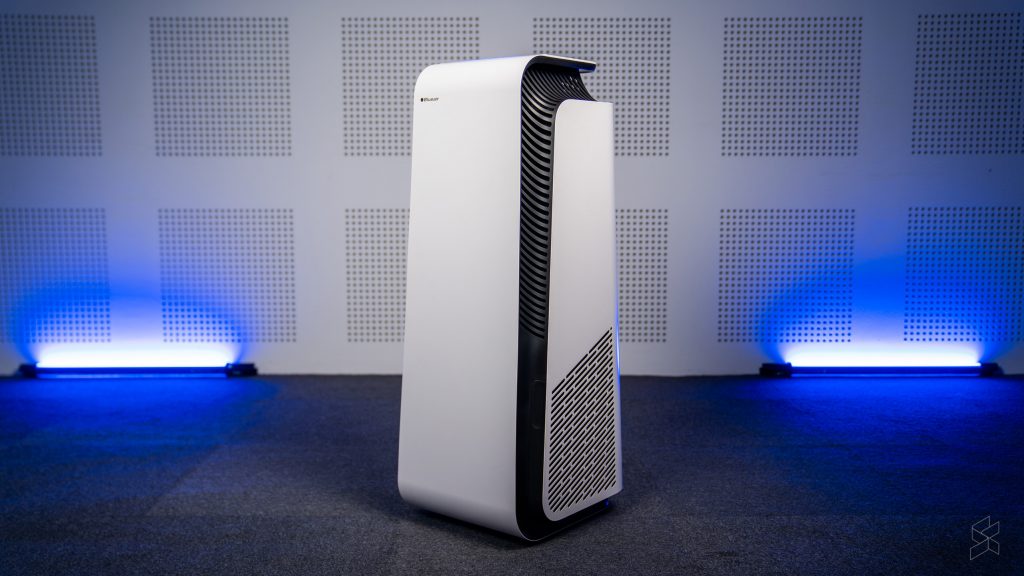
The test comprehensively proves that the Blueair HealthProtect™ range of air purifiers is able to systematically remove dust, diseases, and allergens from the air in your home. While it’s not necessarily something you can smell or feel, it does mean you should fall sick less. It also means your home should be free of strong odours, even if you are cooking or have a pet around.

The best part is you don’t need a dedicated air quality monitor to see how effective the purifier is. The HealthProtect™ 7770i comes with a colour LCD display that will let you monitor the air quality index (AQI) for particulate matter under 1µm (PM1), 2.5µm (PM2.5) and 10µm (PM10), as well as the level of total VOCs (tVOC).
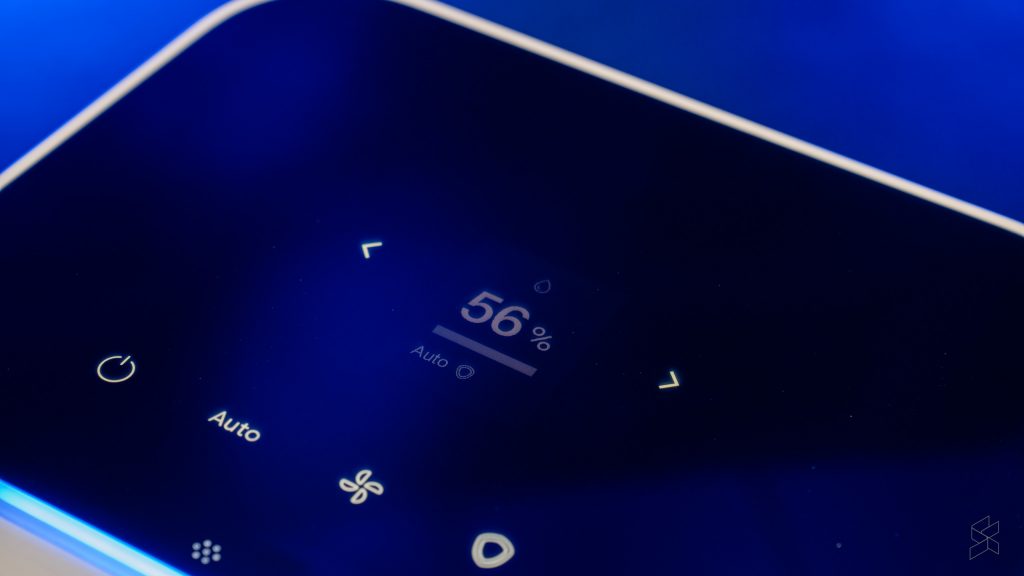
The screen also shows the air temperature and humidity in the room, as well as the filter usage so that you’ll know when to change the SmartFilter. The HealthProtect™ 7770i also has a colour-coded LED light bar for you to check the room’s AQI at a glance.
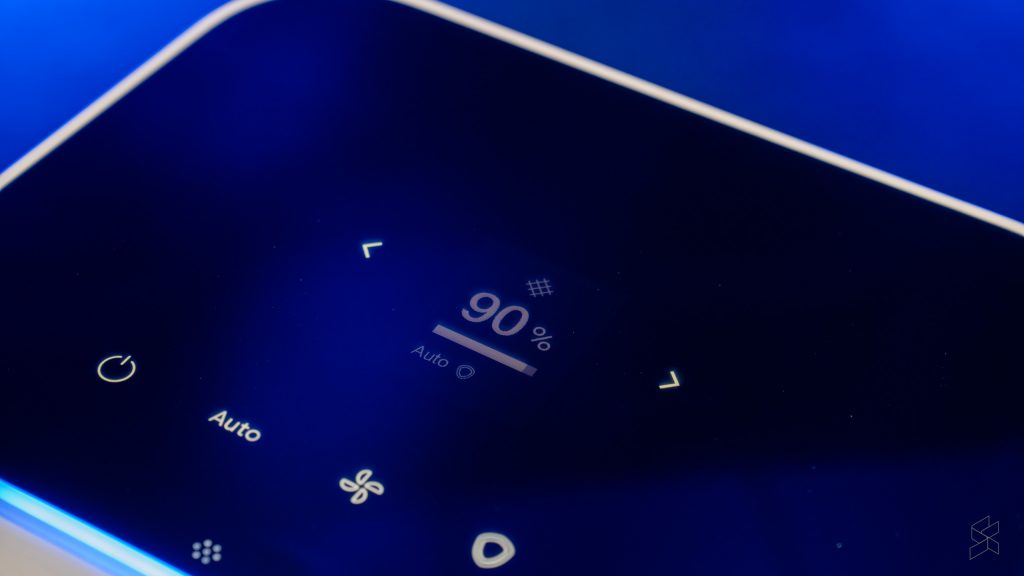
All this information can also be found on the Blueair app, which can connect to the HealthProtect™ 7770i via Wi-Fi. This also unlocks several functions, including a night mode that enables silent operation and turns off the display and light bar to reduce distractions.
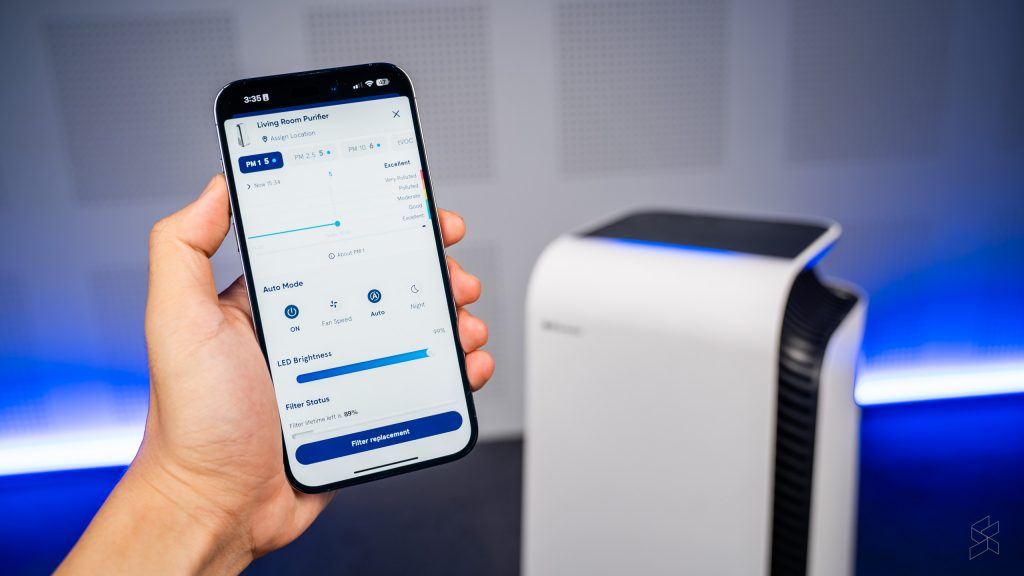
Aside from the 7770i, the HealthProtect™ range also includes the 7340i, 7410i, 7440i and 7710i, suitable for rooms up to 313 sq. ft (29m2), 405 sq. ft (38m2), 418 sq. ft (38m2) and 654 sq. ft (61m2) respectively. This means there’s a HealthProtect™ air purifier for a multitude of different room sizes and budgets.
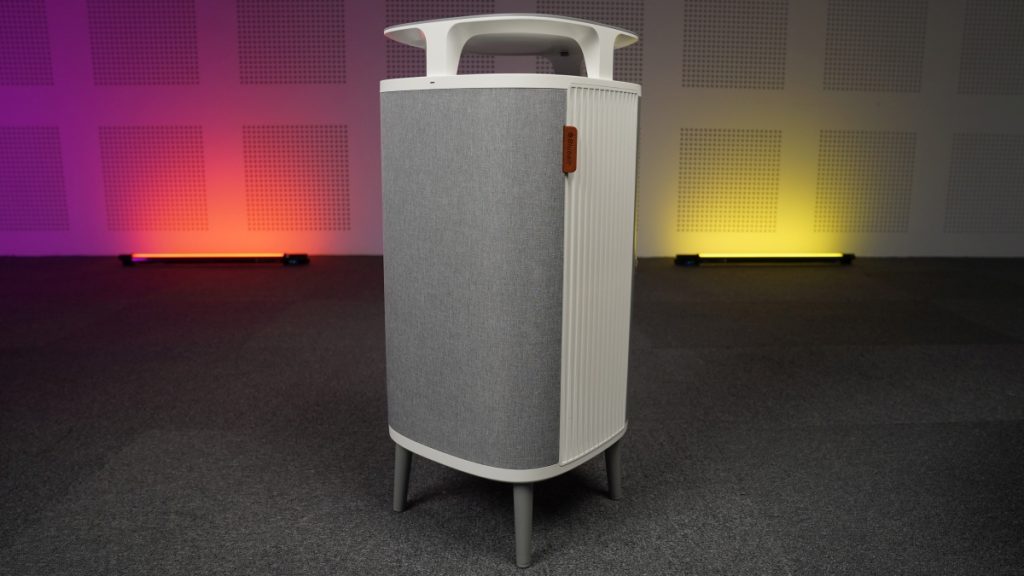
Now, if you’re in the market for an air purifier that can more easily blend with your home décor and furniture, then the Blueair DustMagnet™ 5440i might tickle your fancy.
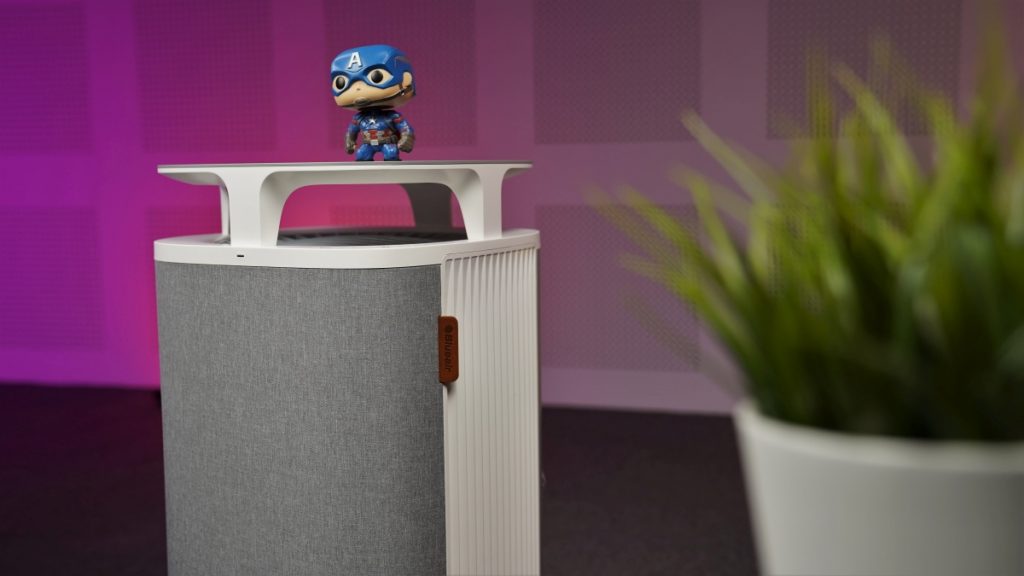
It features a minimalist design with a rounded body covered partly by a grey fabric which is not only easy on the eyes but doesn’t stick out like a sore thumb. Holding the body up are four stilts, colour coded with the fabric cover, to make it look more like a piece of furniture. Another nice touch is the elevated top platform above the top air intake that also doubles as a side table for you to place books, magazines, or small figurines.
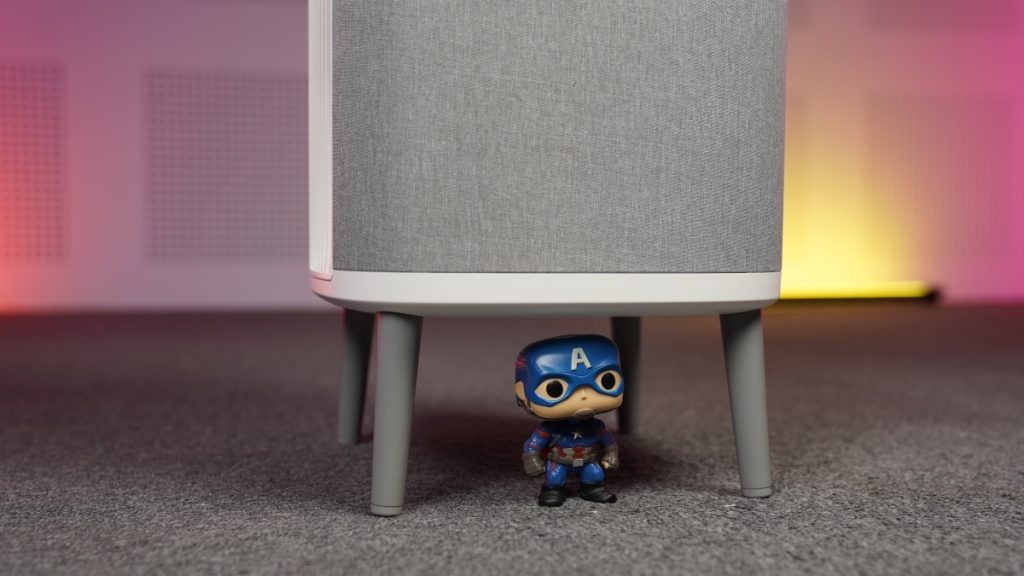
Thanks to these design elements, the Blueair DustMagnet™ 5440i purifier received the 2021 Red Dot Design Award, the Good Design Award 2021 and finally the 2021 iF Design Award.
You can learn more about all the products offered by Blueair and choose the one that suits your needs by visiting www.blueair.com/my. The Blueair HealthProtect™ range can be purchased through Blueair Malaysia’s official Shopee and Lazada stores.

